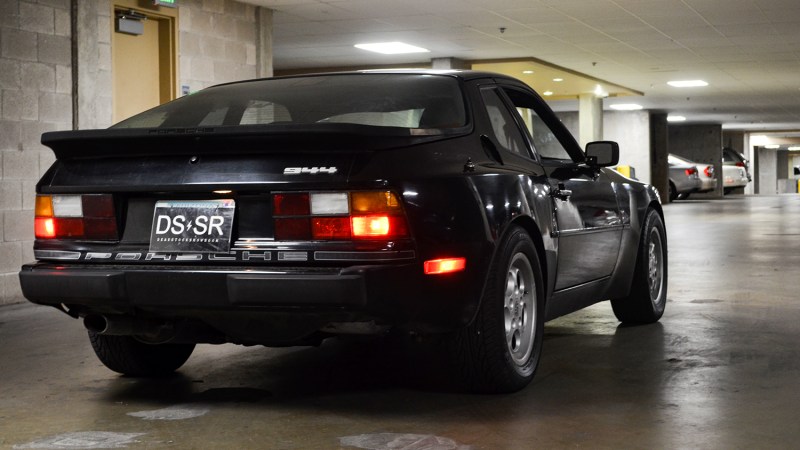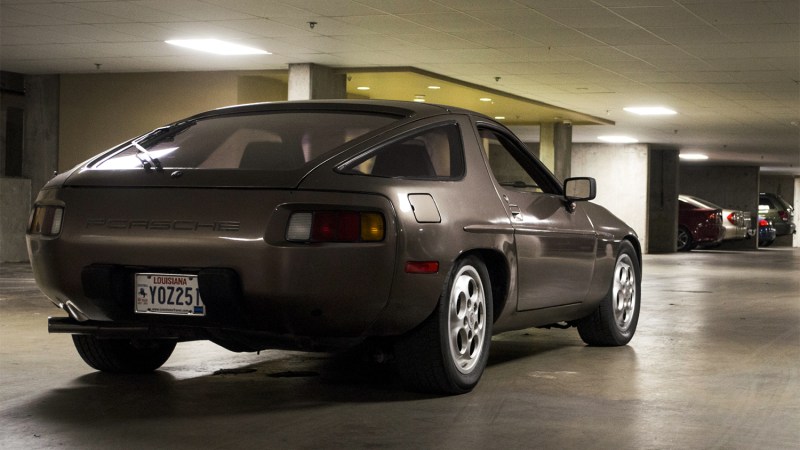Shelvis Lewis did what most guys in high school do: He perused the classifieds for old, beat-up cars that were in the realm of possibility for ownership. Lewis acted on his ambitions and bought a 1989 BMW 325is with plans to restore it to its prior luster. He’d teach himself how to rebuild it over time.
As he dove deeper into the car restoration world, a chance meeting earlier in 2017 involving a Porsche 944 introduced him to Burak Unalmiser, an Austin, Texas-based businessman with a growing, but similar passion for cars. Unalmiser purchased the 944 that Lewis had put up for sale, but Unalmeiser did the unthinkable and left the sunroof open while a night of heavy rains struck Austin. This was only a couple days after they bought the Porsche.

“I drained it, then a few days later met up with Shelvis. [After looking at the electrical], he got the thing to start. That’s when I knew we had to be in business,” Unalmiser says.
A couple months later, Unalmiser brought in his longtime friend Arash Zafarnia to meet Lewis and help put a go-to-market plan together. Meanwhile, Lewis and Unalmiser would scour the classified ads for cars that just needed a small tweak or two to get back to fair condition and be ready for sale. They’d call the project Deadstock Showroom.
The idea was to take Lewis’ two-year-old concept for a car resale shop and mold it into more of a lifestyle brand. Deadstock would seek out otherwise overlooked cars and trucks that weren’t in high demand yet, but are anticipated to be in the next wave of collector vehicles.
“We’re for the person that knows what they want, but doesn’t know how to get it,” Zafarnia says.

They’re focusing on a small inventory of desirable late 1980s and early 1990s cars for now. The
Deadstock’s latest project is a 1982 Porsche 928. The well-maintained car just needed a fuel pump swap and detailing, then it was ready to go. The guys crafted a video campaign to create as much lifestyle buzz around the V8 as they could. A 1992 Cadillac Fleetwood will be on sale through consignment soon.
Next year, they’ll open a showroom in East Austin that will sell clothes and other goods in addition to cars.
“We want to build a vibe around owning one of these cars,” Zafarnia says.


